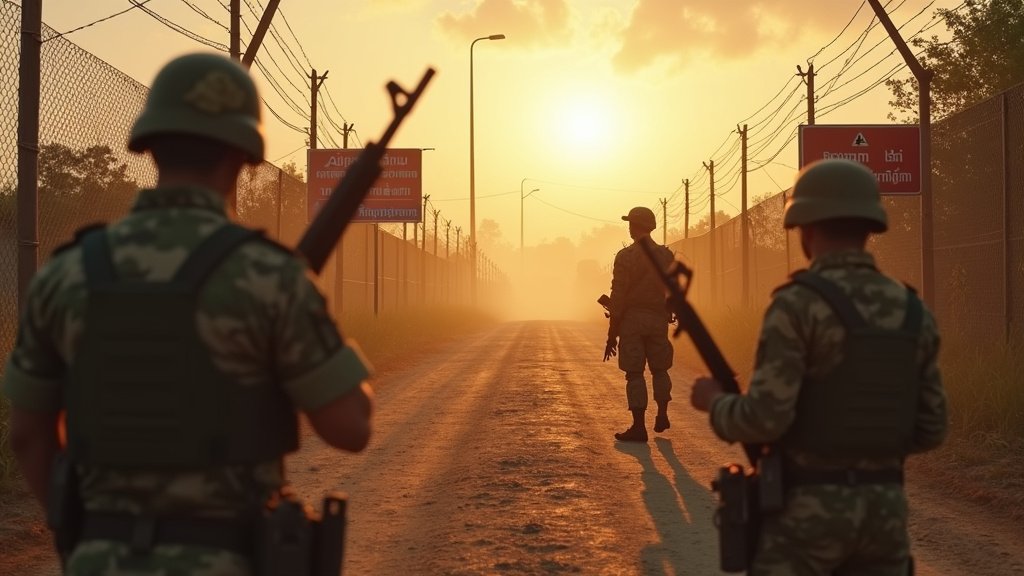Thailand and Cambodia have agreed to enter ceasefire talks following the intervention of former U.S. President Donald Trump, yet border clashes between the two nations persist, according to reports. The ongoing tensions, simmering for months, recently reached a critical point, drawing the attention of international observers and prompting Trump’s involvement in seeking a diplomatic resolution. The Associated Press has been reporting extensively on the situation.
Diplomatic Efforts and Persistent Conflict
The decision to engage in ceasefire talks represents a significant, albeit fragile, step towards de-escalation. The exact terms of the talks, the location, and the specific agenda are still under development, but the agreement itself signals a willingness from both sides to find common ground. The border region, a complex tapestry of disputed territories and historical grievances, has long been a source of contention. Recent escalations, however, have raised concerns about the potential for a larger, more sustained conflict.
Despite the agreement to negotiate, reports indicate that clashes continue to occur along the border. These skirmishes, ranging in intensity and scope, highlight the challenges of maintaining peace even when formal talks are underway. The persistence of violence underscores the deep-seated nature of the disagreements and the difficulty in achieving a lasting resolution. The ongoing conflicts threaten to undermine the negotiation process and jeopardize any progress made toward a peaceful settlement.
The Role of Donald Trump
Donald Trump’s involvement in the situation has been described as a pivotal factor in bringing the two nations to the negotiating table. While the precise details of his intervention remain unclear, it is understood that he played a role in encouraging both Thailand and Cambodia to agree to ceasefire talks. The former president’s history of engaging in international diplomacy, though sometimes controversial, undoubtedly lent weight to the effort. Trump’s influence, particularly in a region where the U.S. still holds considerable sway, proved instrumental in facilitating the initial discussions.
Historical Context and Underlying Tensions
The current border dispute is rooted in decades of unresolved issues, including territorial claims, resource management, and historical animosities. The border itself, a product of colonial-era delineations, has never been definitively settled, contributing to recurring disagreements and tensions. The presence of natural resources in the disputed areas further complicates the situation, making a peaceful resolution all the more challenging.
Furthermore, nationalist sentiments on both sides have fuelled the conflict. Public opinion, often shaped by historical narratives and political rhetoric, can make compromise difficult. The involvement of various non-state actors, including armed groups and other factions, also poses a significant hurdle to achieving a sustainable peace.
Future Prospects and Challenges Ahead
The ceasefire talks, while a positive development, face significant obstacles. Reaching a comprehensive agreement will require both sides to make difficult concessions. The key to a lasting resolution lies in addressing the underlying causes of the conflict, including territorial disputes and historical grievances. It’s crucial to establish clear border demarcations, implement effective resource management strategies, and foster greater cross-border cooperation.
The international community, including the United Nations and regional organizations, is closely monitoring the situation and offering support for the negotiation process. The continued presence of border clashes, however, serves as a stark reminder of the fragility of the peace and the persistent need for sustained diplomatic efforts. The focus must be on fostering dialogue, building trust, and seeking a long-term resolution that benefits both Thailand and Cambodia.

